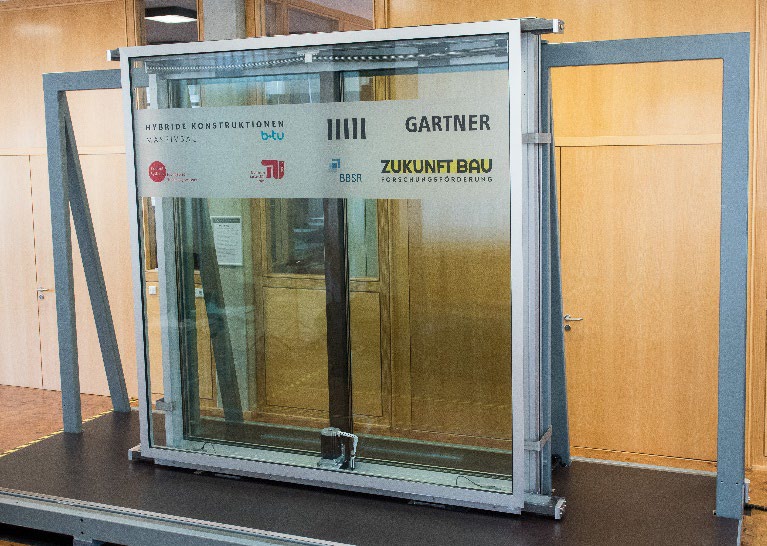How to Exploit the Glass Mass for Damping a Building?
DOI:
https://doi.org/10.47982/cgc.8.425Downloads

Abstract
The worlds spectacular skylines host tall and slender buildings to create a maximum of office, residential and commercial space on a minimized footprint. These structures need to cope with increasing wind forces at height and are additionally affected by wind-induced vibration due to their lower natural frequencies. The resulting vibrations make users uncomfortable. Therefore, heavy tuned mass dampers are installed in structures and occupy valuable space especially in the costliest top-floors. As an example, Taipei 101’s steel damper is located between the 87th and 91st floor and weights astonishing 660 metric tons. This raises the need for additional reinforcement which increases cost and carbon footprint.Most buildings in expensive metropolises are cladded with remarkable glass facades. Therefore, we asked the question if it was possible to use the existing mass – more specifically the glass mass in a Double‑Skin Facade – to dampen the building’s movement, create a comfortable space for the user, exploit more floor area for the investor and finally to minimize the amount of building material to reduce carbon footprint for society. The idea was realized in a collaborative research effort of TU Berlin, BTU Cottbus-Senftenberg and Josef Gartner GmbH that resulted in a full-scale mock-up of a Double‑Skin Facade. Its outer skin can move laterally on a guide rail system. As the building starts to move, the facade's inner skin remains fixed to the base structure while the outer skin follows the building’s movement in a delayed manner due to its mass inertia. The fixed inner skin and the moveable outer skin are connected by a spring system that is tuned to the first natural frequency of the base structure. During the motion of the facade’s outer skin, the spring system redirects the relative movement and generates a stabilizing force for the base structure in the opposite direction. Additionally, an electrical machine is placed in between to provide an adjustable damping effect for semi-active and passive control. It also serves the purpose of a generator to study the opportunity to harvest energy. The paper shows the structural design options for the novel facade concept in the context of a project review of Double-Skin and Closed-Cavity Facades. The function of a full-scale mock-up, its fabrication and installation are described to show feasibility and ongoing challenges. First test results reveal a close match between theoretical assumptions and the applied testing. This engineering-driven and experimentally validated design opens a new field of architectural options in sustainable facade design which is focused on tuning physical parameters that affect the damping properties of the global structure.
Published
Issue
Section
Design Philosophy & Structural Safety
License
Copyright (c) 2022 Michael Engelmann, Wulf Wulff, Thomas Lorenz, Simon Frey, Laurenz Wernicke, Yangwen Zhang, Thomas Schauer, Achim Bleicher

This work is licensed under a Creative Commons Attribution 4.0 International License.



